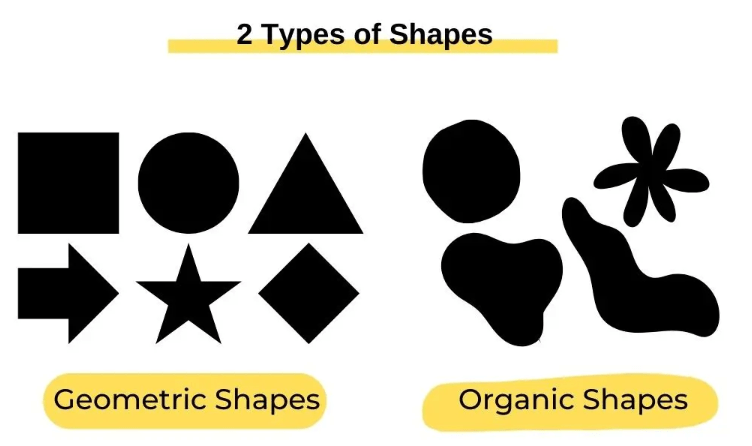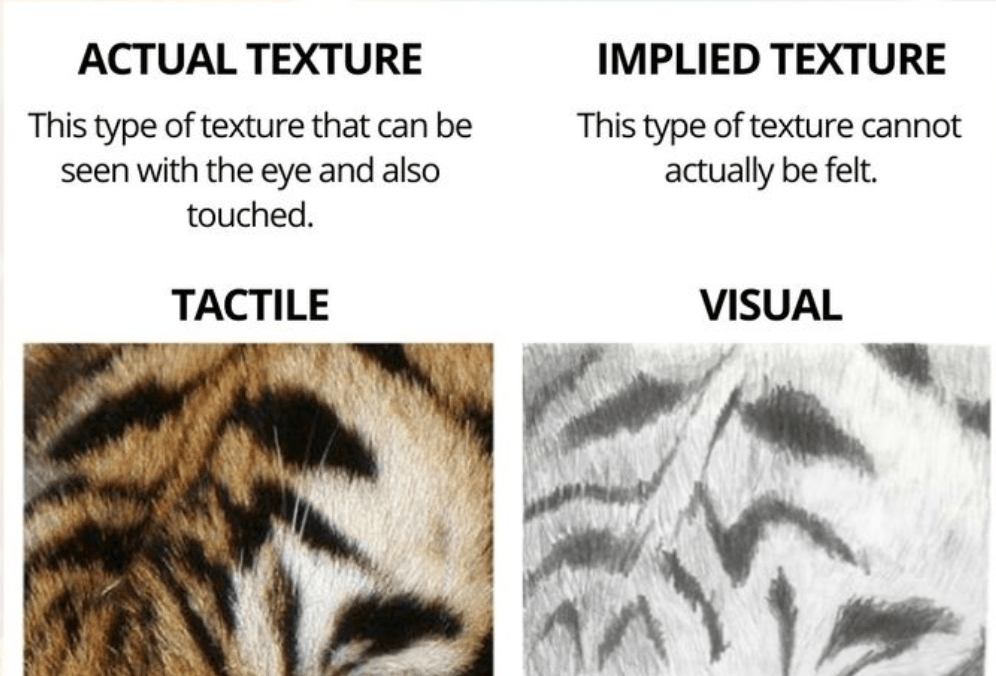Glass that is translucent. Usually one color.
Cathedral
Tool used to break glass into small pieces during the mosaic process
Wheeled nippers
The cementitious material used to hold mosaic glass pieces in place
Grout
When using wheeled nippers, this should be used to prevent glass from flying off the desk or hitting the person next to you
A cup
Element of Art: flat, enclosed areas that are two-dimensional (length and height)
Shape
Glass that is somewhat see-through. Typically has a swirled appearance.
Opalescent
Tool used to score glass
Glass cutter
An art form that involves arranging many small pieces to create a larger image or design
Mosaic
The basin of the glass grinder is filled with this in order to reduce friction between the bit and the glass. This eliminates glass dust and shards spraying from the grinder.
Water
Element of Art: describes the surface quality of an object. Artists use both actual(how things feel) and implied (how things look like they feel).
Texture

Small pieces of material that make up a mosaic. Typically glass, tile, or stone.
Tessera
Tool used to break glass along a straight score line
Running pliers or glass snappers
This method involves cutting, grinding, foiling, and soldering glass pieces together to create an image or design
Tiffany Foil
To avoid burns the soldering iron should be here whenever it is not in use
Iron stand
Principle of Design: distribution of visual weight in an artwork. The three types are symmetrical (two sides are the same), asymmetrical (two sides are different but visually weighted equally), and radial (design emerges from center point).
Balance

This is what gives stained glass its color
metal or metal oxides
The material used to clean the tip of the soldering iron. Informally called a "tinning block" since it brings back the silver/shiny look on the iron
Sal ammoniac
When soldering, this material should be applied to the copper foil if the solder is not sticking to the foil
flux
The toxic metal contained in 60/40 solder that is unsafe to ingest
Lead
Principle of Design: regularly repeated elements
Pattern